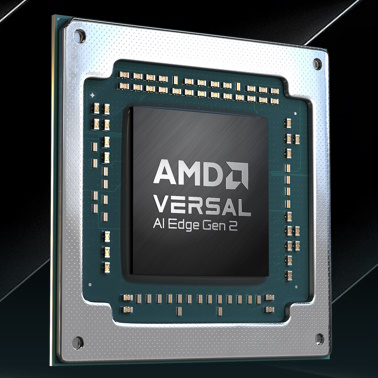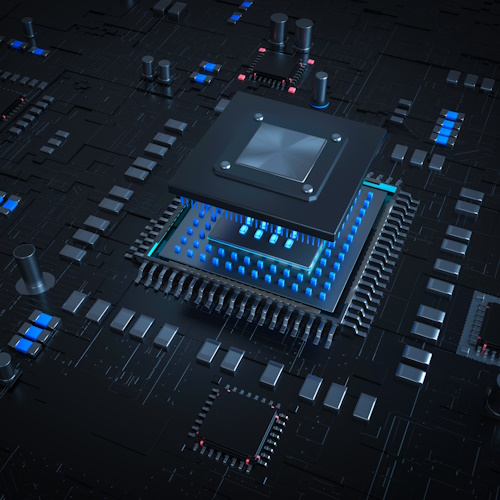Late in 2021, I published a five-part series titled “How the FPGA Came To Be” (referenced below). That series chronicled the development of programmable logic from the earliest days of Harris Semiconductor’s programmable diode arrays and continued through the development of bipolar PROMs, the Signetics 82S100 FPLA, MMI’s original bipolar PALs, CMOS PAL devices from Altera and Lattice Semiconductor, and finally the introduction of the … Read More → "How the FPGA Came To Be, Part 6: Actel’s FPGA Story"
I simply cannot believe that I recently penned and posted my three hundredth column here at EEJournal. I think my columns average out at around 1,500 words apiece, which means we are talking about (pause while I launch my calculator app) 450,000 words!
The really sad thing is that when I was 16 years old circa 1973, my dear old mom did everything but … Read More → "O-M-G! 100 More Captivating Columns"
I love pretty much everything to do with space, especially the things we find in it, like galaxies, black holes, stars, planets, moons, comets, asteroids, and… well, you and me now that I come to think about it.
I feel a little catch in my throat and a tear in my eye every time I watch Read More → "Heads Up! Nova Explosion Heading Our Way"
The awesome new AMD devices to which I’ve just been introduced have sparked a trip down memory lane (I know you’re surprised, because I pride myself on my laser-like focus that prevents me from wandering off into the weeds). I remember the 1970s and early 1980s when we thought the simple programmable logic devices (PLDs) of the time were so cool. Those were heady days … Read More → "AMD Rocks with New Versal Gen 2 AI Edge SoC FPGAs"
Like so many of the technologies we take for granted today, I managed to find myself embroiled in the very early days of hardware emulation. This refers to the process of imitating the behavior of one piece of hardware (typically a silicon chip you are in the process of designing) with another piece of hardware (typically a special-purpose emulation system).
… Read More → "A Brave New World of Emulation and Software Prototyping"








